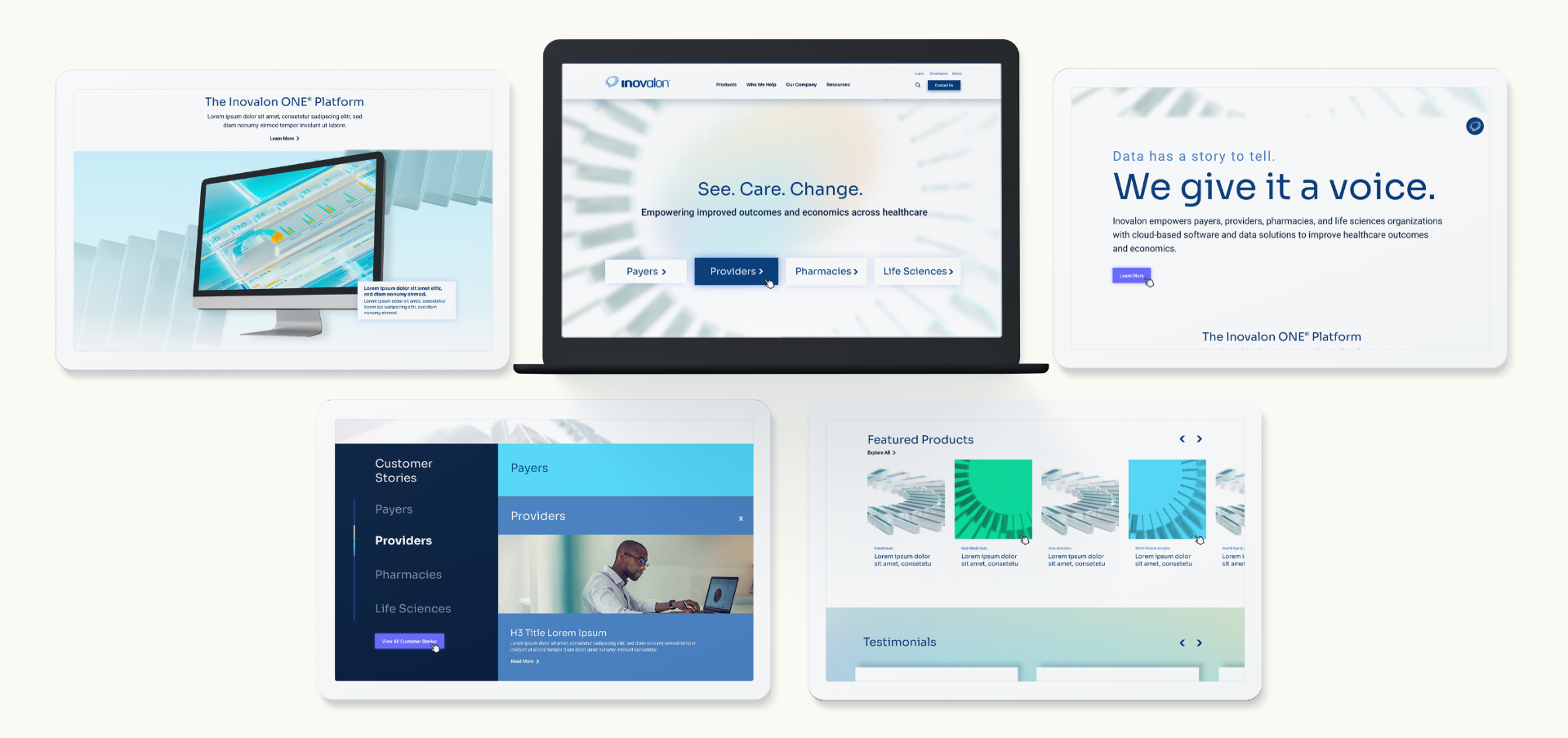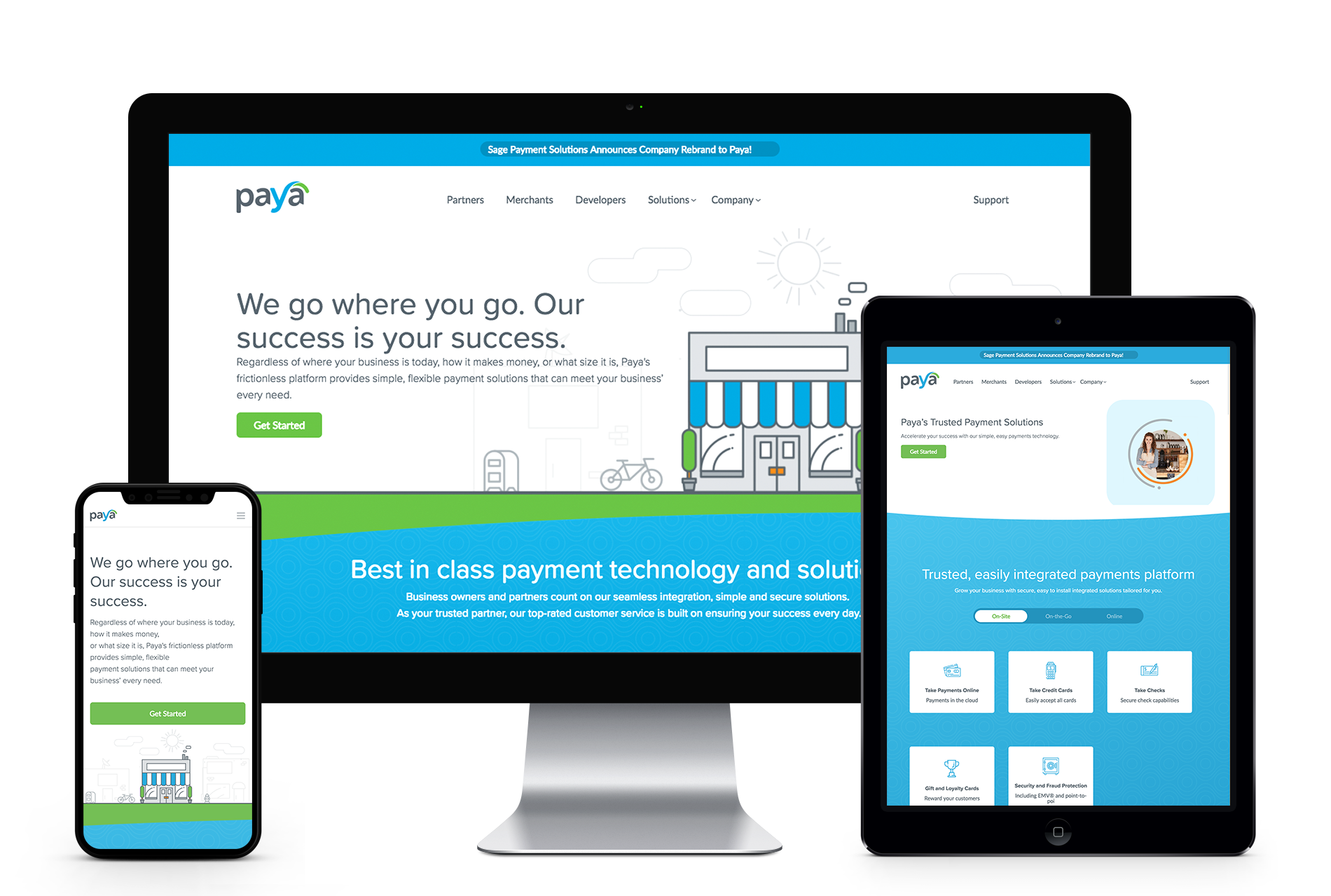When most people think of gamification, they imagine its applications in video games or perhaps education, where rewards and competition motivate learners. However, the potential for gamification goes far beyond these fields. Today, industries like healthcare, finance, and insurance are leveraging gamification to create more engaging experiences, motivate their audiences, and drive meaningful change. In this blog, we explore how non-traditional sectors are using gamification to innovate and transform the way they interact with both customers and employees.
What is Gamification? A Brief Overview
At its core, gamification refers to the application of game-like elements—such as points, rewards, challenges, or leaderboards—in non-game environments. By tapping into human psychology and the desire for competition, achievement, and recognition, gamification can drive engagement, motivate behavior, and improve the overall user experience.
Traditionally, gamification has been used in the gaming industry and education. However, its principles can be applied across a wide range of industries, with many non-traditional sectors beginning to recognize its power.
Healthcare: Gamification for Better Health Outcomes
One sector that has embraced gamification in surprising ways is healthcare. From fitness apps that track your steps and reward you with badges to mental health platforms that encourage mindfulness practices through daily challenges, gamification is helping patients take a more active role in managing their health.
Consider how apps like MyFitnessPal or Fitbit incorporate game mechanics to encourage users to meet their health goals. These platforms rely on progress tracking, streaks, and social competition to motivate users to make healthier choices. Hospitals and healthcare providers have also jumped on board by using gamified programs to encourage patient adherence to treatment plans. For example, a platform like Mango Health uses gamification to reward patients for taking their medications on time, which has been shown to improve long-term adherence rates.
Beyond patient care, gamification is also making waves in medical training. Virtual simulations with gamified elements are helping healthcare professionals sharpen their skills, offering interactive environments where doctors and nurses can practice procedures or diagnose conditions.

Finance: Engaging Users Through Gamified Learning and Rewards
The finance sector has also discovered the potential of gamification, particularly in educating customers and encouraging better financial habits. Personal finance apps like Mint and YNAB (You Need A Budget) have transformed the often-daunting task of budgeting into something interactive and rewarding. These platforms use gamified features such as goal-setting, progress bars, and rewards to motivate users to save money, reduce debt, and invest wisely.
Fintech companies and even traditional banks are increasingly integrating gamification into their loyalty programs. For instance, some credit card companies now offer rewards based on certain spending behaviors, turning ordinary purchases into opportunities to earn points, unlock levels, and gain exclusive benefits. These incentives not only drive engagement but can also improve financial literacy among users.
Moreover, some companies are using gamified learning platforms to educate customers about complex financial products. For example, certain investment apps offer users the chance to simulate stock trading, rewarding them for making smart investment choices without the risk of real losses.

Other Non-Traditional Sectors Adopting Gamification
Beyond healthcare and finance, other sectors are beginning to explore the potential of gamification. For example, insurance companies are experimenting with gamified apps that reward customers for safe driving habits or completing wellness assessments. By turning these mundane tasks into interactive challenges, insurers are encouraging healthier behaviors and lowering risk, benefiting both the company and the customer.
Professional services firms and government agencies are also getting in on the trend. Gamified platforms are increasingly being used for employee training and compliance programs. These sectors are making traditionally dry content more engaging by offering badges, certificates, or even leaderboards to reward participation and completion. This shift towards gamification not only improves retention of information but also encourages employees to engage with content more enthusiastically.
The Psychological Drivers Behind Gamification
So why does gamification work so well, even in industries that aren’t typically associated with “fun”? The answer lies in psychology. Gamification taps into our intrinsic motivations by offering immediate feedback, a sense of accomplishment, and rewards for progress. This triggers the brain’s dopamine pathways, creating a feeling of pleasure and satisfaction that encourages users to continue the behavior.
By implementing features such as leaderboards, challenges, and rewards, companies can encourage both customers and employees to complete specific tasks or engage with their content more frequently. Whether it’s tracking daily health habits or learning new financial skills, gamification works because it transforms routine tasks into something engaging and rewarding.

Challenges and Ethical Considerations
While gamification offers many advantages, it’s important to acknowledge the challenges it presents, particularly in sectors like healthcare and finance where ethical concerns are paramount. One major consideration is ensuring that gamification is used responsibly and does not exploit users’ behaviors in harmful ways. For example, rewarding users for health behaviors must be done in a way that promotes long-term well-being rather than short-term gratification.
Additionally, integrating gamification into industries resistant to change—such as heavily regulated sectors like insurance or government—requires careful strategy and stakeholder buy-in. Success depends on how well these elements align with the sector’s existing processes and customer expectations.
Unlocking the Power of Gamification in Non-Traditional Sectors
Gamification has the power to transform how non-traditional sectors engage with their audiences. By using game-like elements to drive user participation, healthcare, finance, insurance, and other industries are creating more interactive, motivating, and impactful experiences. The future of gamification is bright, and its potential is only beginning to be realized in industries that once seemed unlikely candidates.
At Bluetext, we help businesses across all sectors leverage gamification to elevate customer engagement and drive behavior change. Whether you’re looking to educate, motivate, or simply make your services more engaging, we have the expertise to design gamified solutions that work for your industry. Contact us today to learn more.